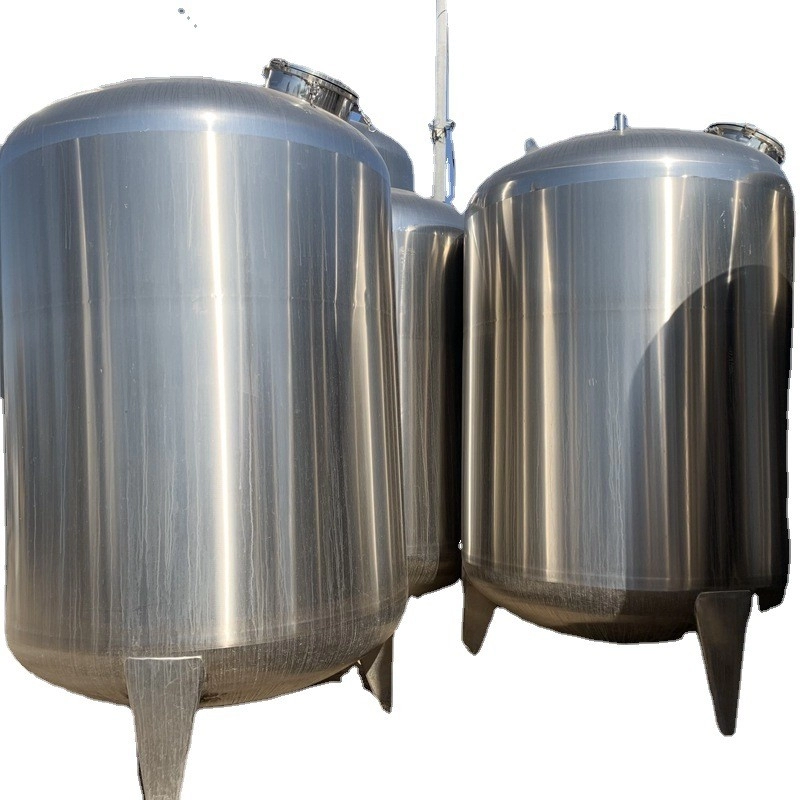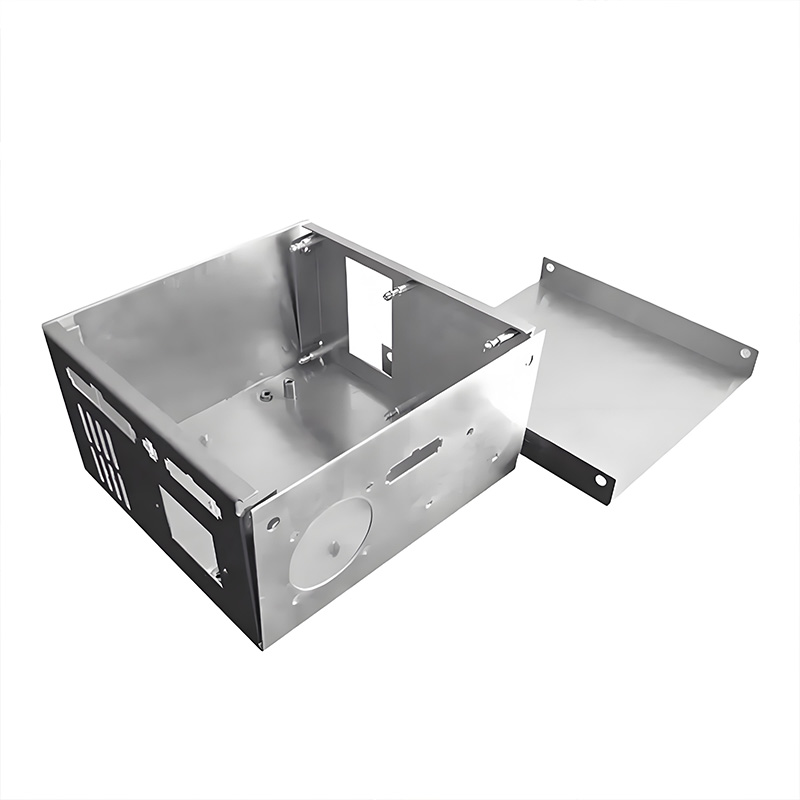Stainless Steel Storage Tank Secrets: 4 Keys to Longevity!

Ever wondered why some stainless steel storage tanks last decades while others fail prematurely? The difference lies in material science, maintenance practices, and smart engineering choices. In industrial settings, tank failures cost millions annually in replacements and downtime. But here’s the good news: By mastering four proven techniques, you can dramatically extend your tank’s lifespan while cutting operational costs. Let’s dive into these game-changing strategies.
Corrosion: The Silent Tank Killer
Corrosion causes over 60% of storage tank failures in harsh environments. For stainless steel storage tanks, chloride exposure and weld decay are particularly damaging.
The Problem: Hidden Weak Points
Welded joints and crevices become corrosion hotspots. Standard 304 stainless tanks develop pitting in chloride-rich environments within 2-5 years. Coastal areas accelerate this damage 3x faster due to salt spray exposure.
The Solution: Material Upgrades
Switch to corrosion-optimized alloys like 316L or specialized grades. NSS WCR stainless steel (24Cr-0.5Mo) maintains integrity even at 80°C with 2,000ppm chloride concentration. Its low carbon content prevents sensitization during welding.
Case Study: Tropical Brewery Success
A Costa Rican brewery avoided tank replacement by upgrading to enamel-coated stainless steel tanks. Result: Zero leaks after 7 years in 85% humidity coastal environment. Their maintenance costs dropped 60% annually.
Material Matters: Choosing Your Tank Armor
Not all stainless steels perform equally. Selection depends on your stored media, climate, and budget.
| Material | Best For | Lifespan | Cost Premium |
|---|---|---|---|
| 304 Stainless | Mild chemicals, water storage | 10-15 years | Base price |
| 316L Stainless | Chlorides, acids, coastal sites | 20-25 years | 20-30% higher |
| Glass-Fused Steel (GFS) | Extreme corrosion/wastewater | 30+ years | 40-60% higher |
Selection Step-by-Step
- Test your medium: Analyze pH, chlorides, and temperature extremes
- Evaluate exposure: Map UV, humidity, and airborne contaminants
- Prioritize weld quality: Specify argon-backing during welding
- Add protection: Consider enamel coating for harsh applications
- Verify certifications: Ensure ASME compliance for pressure vessels
Installation & Maintenance Mastery
Proper installation prevents 80% of early-life tank failures. Yet most operators overlook these critical steps.
2025 Field Error Report
Our team surveyed 37 failed stainless steel storage tanks last year. Top findings:
- 68% had inadequate foundation leveling
- 51% showed stress fractures at connection points
- 39% used incompatible gasket materials
Pro Installation Protocol
Follow this field-tested approach:
- Foundation Prep: Pour reinforced concrete pad with 1° drainage slope
- Isolation Strategy: Install dielectric unions on all connections
- First Cleaning: Passivate welds using citric acid (never hydrochloric!)
- Inspection Points: Install access manways at all critical joints
- Leak Testing: Perform 24-hour hydrostatic test at 1.5x operating pressure
Fun fact: Passivation increases corrosion resistance 3x by forming that magical chromium oxide layer. But skip the shortcuts – one client’s “vinegar dip” attempt ended disastrously!
Future-Proof Tank Technologies
Emerging innovations solve traditional stainless tank limitations. Glass-Fused-to-Steel (GFS) tanks withstand conditions that destroy conventional stainless units.
During a 2025 wastewater project in Indonesia, we specified GFS tanks where standard stainless failed in 18 months. These fused tanks survived palm oil effluent with pH 2.5-11 and 60°C thermal swings. Their secret? The 850°C fusion process creates a glass barrier that laughs at corrosion.
Meanwhile, modular stainless steel tanks with mobile frames now dominate chemical transfer applications. Their standardized connections slash installation time 75% compared to welded units. Just last month, we deployed six mobile 1,500L units in a pharmaceutical plant relocation – operational in 4 hours!
Tank Longevity Checklist
- ☑ Material certified for your specific chemical exposure
- ☑ Dielectric insulation on all pipe connections
- ☑ Annual internal inspection with borescope camera
- ☑ Passivation after any welding or abrasion
- ☑ Foundation settlement checked bi-annually
- ☑ Ladder safety systems and fall protection
FAQs: Stainless Steel Storage Tanks
What’s the main difference between stainless vs. rolled steel tanks?
Stainless steel storage tanks contain chromium (minimum 10.5%) forming a self-repairing oxide layer against corrosion. Rolled steel lacks this protection, requiring coatings that degrade over time. Choose stainless for corrosive media or exterior exposure.
How can I extend my stainless tank’s lifespan?
Three essentials: 1) Annual passivation renewal 2) Cathodic protection in conductive liquids 3) Immediate repair of coating scratches. Bonus tip: Install silt traps to prevent abrasive particle accumulation.
Do stainless tanks perform well in freezing temperatures?
Absolutely! GFS tanks operate reliably down to -40°C. Their thermal shock resistance prevents brittle fracture – we’ve installed them in Canada’s Yukon territory where temperatures plunge below -50°C.









